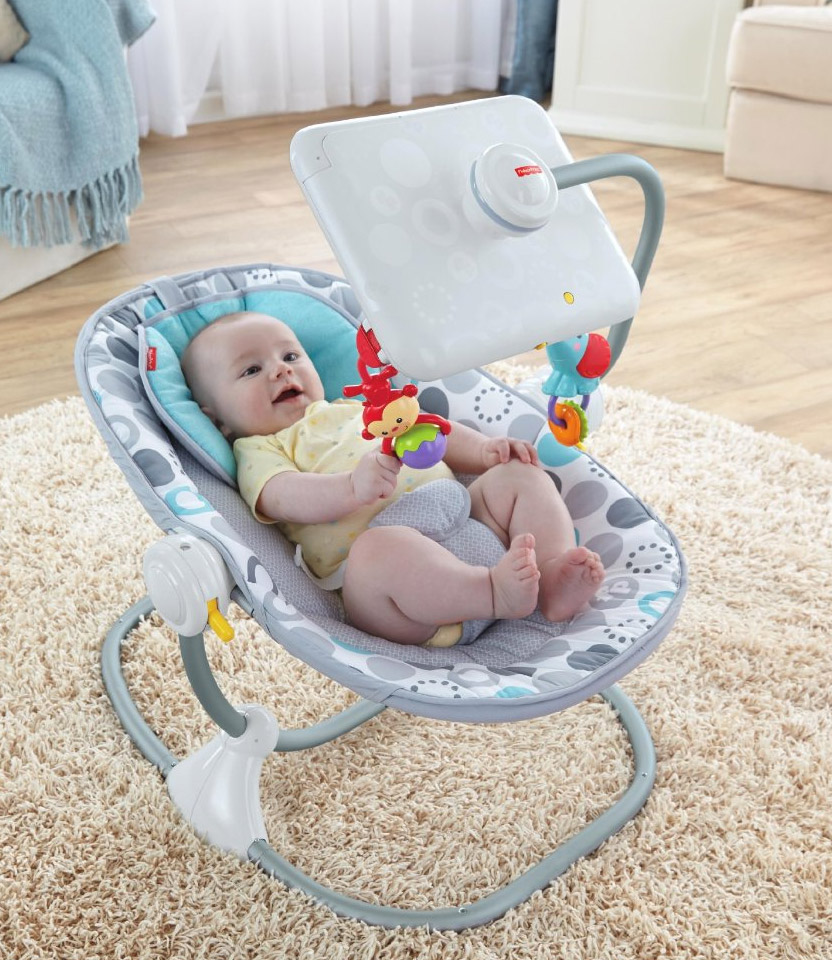Guest Post by Sarah Gatenby
As a parent, one of the truest truths is that you will be talking about poop. A lot. In fact, between the first post-partum poop (keep taking those stool softeners) and the 50 shades of baby’s first BM, your life is going to revolve around crap. It’s just how things go.
Before my child was born, I watched the movie “Babies,” a really awesome documentary that everyone should watch before having one of their own, and I was amazed by how the mom in Namibia wiped her baby’s butt with her leg and then her leg with a corn cob (or something other than Pampers Free and Natural wipes). And as I changed diaper after diaper after diaper with my own newborn, I often recalled with gratitude that at least I don’t have to wipe my baby’s butt with my leg and then my leg with a corncob. Well, I sometimes thought of that, and sometimes I just wished there was a magic wand that would get the poop off of everything, especially car seat covers.
This all brings us to the very important topic of diapers. You have almost as many diapering options as there are shades of newborn poop. At my house, we used mostly cloth diapers for the first 4 months, cloth at home and disposables at day care for months 5 and 6, and mostly disposables from month 6 to the present. Based on my experience with cloth-only, hybrid, and disposable-only, I offer my review of some of your poop-containment options:
1. Cloth Diapers: These are good for people who feel guilty about filling up landfills and like doing laundry. They are also awesome for compulsive nesters because you are supposed to wash the cotton ones a bunch of times before your baby is born to get them soft and fluffy and absorbent. Cloth diapers are a pricey initial investment, but can be reused for multiple children, and you can sell them when you’re done. (My husband thought that buying pre-used diapers was too gross, but I bet he won’t mind me selling ours). They also help assuage the guilt you might feel about birthing another pollution machine. If you live somewhere where water is scarce or don’t have your own washing machine, they might not be for you. Some people find that cloth diapers are bulky and they have to go a size up in clothing, but I didn’t experience that. There are several subtypes:
A. Prefolds and covers - If you wore cloth diapers, you probably wore prefolds. The covers have come a long way since your mother’s era. The prefold soaks up the pee and poo, and the PUL (polyurethane laminate) cover attempts to keep it contained. Unlike the rubber covers of your hippie youth, PUL covers are thin, flexible, and waterproof, and they are relatively cheap. If you prefer spending lots of money and have servants who wash your clothes by hand, you can buy wool covers, which are sewn from unicorn hair that absorbs liquid by the gallon and is self-cleaning. The covers come in fun prints and colors. The diapers can be used for burp cloths, changing table pads, and cleaning up spills. If your kid doesn’t get crap on the cover, it can be used more than once before washing. Depending on the size of your baby, you may need pins or a “snappy” fastener to keep the prefold around his waist and legs. YouTube has a plethora of videos online with instructions on getting the most secure fit from a prefold + cover system.
B. All In Ones (AIO) – With AIOs, the cover and the diaper are all attached. You might like these if you like never really getting anything quite 100% clean or dry. Sometimes the absorbent insert is snapped into the cover so the two can be washed separately. Inserts are often made of finicky material like hemp and bamboo that perpetually smells like ammonia. I didn’t like these much at all. And mine leaked. Maybe you’ll have better luck. They also tend to be pricey.
C. Pocket diapers – These are just like they sound. There’s a pocket in the cover where you shove the absorbent insert. Pulling the poop-covered insert out of the pocket afterwards can be gross, but you’re probably going to wash your hands anyway, right? You can use prefolds or “doublers” as inserts, but most pocket diapers come with an insert or two. For nighttime, add an extra insert or doubler (I personally liked the thin, absorbent, but of course, costlier bamboo inserts). These are easy to use, easy to wash and come in even more cute prints. They start at around $5 dollars a diaper for a cheap diaper and can run up to close to $30 a dipe for fancy prints in a fancy name brand with several bamboo inserts. Yes, some diapers cost as much as an entire outfit from Target, but at least most cloth diapers grow with your baby.
Many people, myself included, use some combination of the above, depending on baby’s age and whether you spend most of the day at home, at day-care, or at the grocery store trying to remember if you need milk. Some diapers are “one-size” and have a series of snaps that allow you to use them on babies ranging from 10 to 20+ lbs, and others are sized for more specific weight-ranges. It can be intimidating to start off with cloth diapering, so read a few articles and join a message board or two before you max out your credit card on fleece covers on Etsy only to discover your kid is allergic to synthetics.
2. Disposable diapers: These are good for people who have kids in daycare, don’t have laundry facilities at home, dislike washing poop, or are passionate about filling up landfills with their kid’s shit. While we/I cloth-diapered for the first 6 months, once the kid started eating food and was in daycare, we switched to disposable diapers. They are easier to put on and take off. And there’s no laundry required. Again, there are several choices.
A. Name Brand (Huggies, Luvs, Pampers) - Name brand diapers soak up more pee. That’s all there is to it. Whatever polymersilicadiapergoop they use is amazing. For nighttime dryness, I vote name brand. Shop the sales, find some coupons, or only use them at night to save some dough, but changing your kid (and the sheets) at 2am because you bought the grocery store brand again isn’t fun. I think Huggies smell weird when wet, but you might not. Pampers Ultra Overnight are excellent for heavy nighttime wetters.
B. Store Brand (Target, grocery store, big-box discount store) – Store brand diapers are usually cheaper. I find Target brand to work fine for daytime use with a non-newborn.
C. Fancy Brand (Honest Co, Seventh Generation, Earth’s Best) - These are the diapers that are either eco-friendly or have cute prints or both. They run about 40 to 50 cents a pee/poop. I’m all for reducing use of petrochemicals and plastics, especially next to butts, balls, and vaginas, but remember, for something to biodegrade, it can’t be buried in a landfill…
3. Hybrid diapers: Can’t decide between doing tons of laundry and filling up the landfill? No worries! With a disposable insert and washable cover, these diapers allow you to do both! The best (and worst) of both types.
No matter the type of diaper you decide to go with, there will be a brand that works better for your kid and a brand that doesn’t work as well. These maxims should always hold true:
- Don’t stock up on one type of diaper, for that will be the type that makes your child’s butt break out like a acne-plagued teenager with chicken pox.
- Three pee-leaks in two days or less means you should go up a size. Don’t focus on the weight recommendations on the package as they are completely made up.
- When poop is in your child’s hair, it is probably also on their back and hands.
- Car seats give a baby the best angle for pooping.
- Car seats are not fully washable.
It’s nice to have so many options for catching our kids’ crap. Some parents even go diaperless and use “elimination communication,” but that’s a different post for a different writer. Whatever you choose or end up using after your first three choices don’t work for you, remember that WIC and SNAP benefits don’t cover diapers. Parents who are struggling to make ends meet often end up reusing disposable diapers or leaving their child in a wet or dirty diaper for longer than they’d like. When you have leftover diapers that are too small for your child or when you’re done using your cloth diapers, consider donating to your local diaper bank or food bank or pantry.
If you have gotten bitten by the cloth diaper (or CD) bug, there are several websites that I liked to browse as I was getting ready for the baby.



























